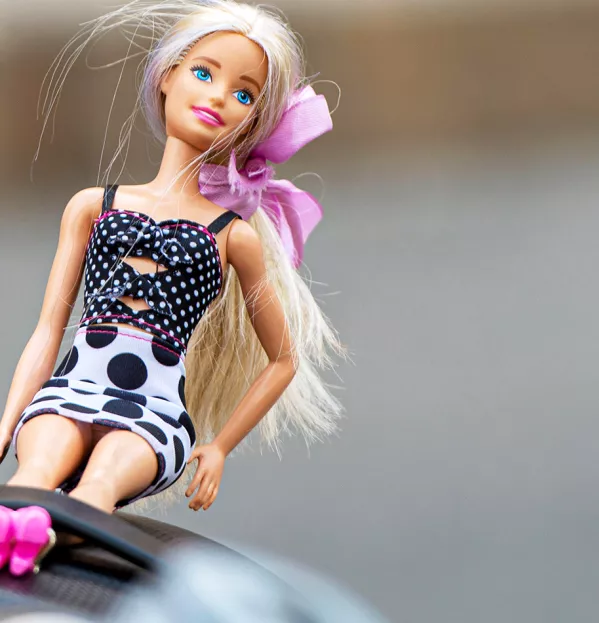“Hi, geography teacher Barbie” was not a line from the record-busting film of the summer.
But Barbie’s influence exceeds her 30cm height and offers much that can find its way into the geography classroom, from global trade to the carbon cycle, geopolitics and gendered spaces.
1. Barbie and global trade
Professor Ian Cook’s work, Follow the Things, is regularly used by geography teachers to explore global trade. It traces where everyday items are produced, and their transportation and use by consumers.
It can be applied to Barbie, whose life cycle starts as petroleum from the Middle East. Her arms, torso, joints, legs and head are made from five different types of plastic. She is assembled in two factories in China, as well as factories in Indonesia and Malaysia. More than 60 million dolls are sold in 150 countries every year, resulting in $1.7 billion (£1.3 billion) in annual sales. If Barbie was a country, she would have the GDP of the Seychelles.
Because dolls are cheap to ship in bulk, and there are lower manufacturing and labour costs in Asia, Barbie’s production has been “off-shored” from the US. However, the production of her Dream House illustrates the opposite process of “near-shoring”. The house is a heavy and expensive item with seasonal demand - typically as a Christmas or festive gift - so production for the US market takes place in nearby northern Mexico. This cuts transport costs and emissions, and allows more efficient demand management and integration into the 48-hour delivery times required by US retailers.
2. Barbie’s carbon footprint
Toys are the most plastic-intensive consumer goods. An estimated 90 per cent of toys are made from plastic and up to 80 per cent end up as landfill. So, whether in heels or with her feet fully on the floor, Barbie has a significant carbon footprint. Each 180g doll generates about 650g of carbon over its lifecycle. In total, Barbie products are responsible for annual emissions of 39,000 tonnes of CO2 (equivalent to the CO2 emissions of 3,500 Britons).
Given her complex mix of different plastics, Barbie is difficult to recycle. In 2021, Mattel launched PlayBack, through which dolls can be returned for recycling, downcycling or energy use. Meanwhile, the recent Barbie Loves the Ocean range is made from 90 per cent recycled plastics.
3. Barbie and geopolitics
Not every country has welcomed the film and a line of dashes on Barbie’s world map has had geo-political repercussions. This is because her map - shown only for a moment in the film - includes a line similar to the so-called nine-dash line that China uses to identify territorial claims in this region. These claims are disputed by Vietnam, the Philippines and Indonesia, and there have been local protests and bans of the film in these countries.
Warner Brothers responded that the map in Barbieland is “a whimsical, child-like crayon drawing…it was not intended to make any type of statement”. However, Professor Hue-Tam Ho Tai, of Harvard University, has suggested that this was a deliberate move by Mattel, and that by aiming for sales in the People’s Republic of China market, Warner Brothers is “ready to accept the PRC’s view of geography”.
4. Barbie and gendered spaces
It is not just the physical fabric of a place, pink or not, that influences how we experience it. Geographers understand that our sense of a place - whether we like it or feel welcome or safe in it - is also shaped by values and behaviours. Barbie’s journey from the Barbieland to Venice Beach demonstrates this.
She is suddenly confronted by unwanted sexualised verbal and physical attention and, while Ken is imbibing full-strength patriarchy, Barbie repeatedly talks about being stared at, feeling objectified and unsafe. This question of how different people use and experience places is a common area of study for geographers. Briley Habib, for example, undertakes fieldwork with her pupils to explore whether women feel safe in their local parks.
Steve Brace is head of education at the Royal Geographical Society





